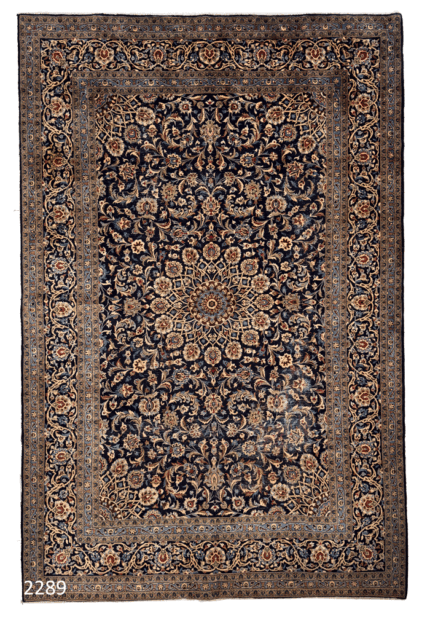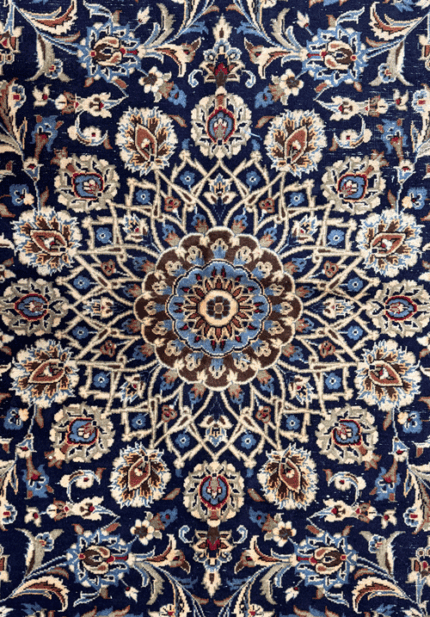Isfahan rug
Showing the single result
Isfahan Rugs: The Precision and Grandeur of Workshop-Woven Persian Carpets
The legacy of Isfahan rugs began during the Safavid dynasty, when Isfahan became the imperial capital of Iran and royal carpet workshops flourished under state patronage. This era marked a turning point in Persian carpet history, as weaving in urban centers became a design-led, team-based process, departing from traditional village or nomadic styles.
Isfahan carpets are renowned for their fine detailing, technical precision, and deeply architectural compositions. The process begins with a master designer who draws elaborate patterns on paper—often inspired by Safavid tilework, muqarnas, and floral arabesques. These are then executed by highly trained weavers, often working in teams, as the carpets are large in scale and demand total symmetry.
Unlike tribal rugs woven from memory, workshop-woven Persian carpets like those from Isfahan follow strict artistic coordination, with results so refined they often resemble paintings in wool and silk. Many antique examples from this school of weaving are now housed in major museum collections around the world.



